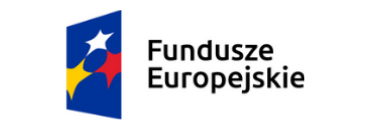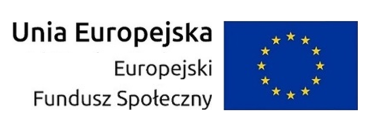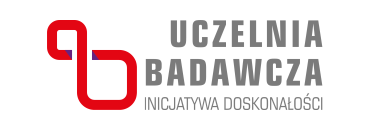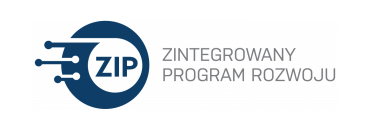Modeling, model reduction, analysis and simulation of the self-assembly of thin crystalline nanostructures
- Prelegent(ci)
- Maciek Korzec
- Afiliacja
- Weierstrass Institute for Applied Analysis and Stochastics, Berlin
- Termin
- 6 maja 2010 12:30
- Pokój
- p. 4060
- Seminarium
- Seminarium Zakładu Równań Fizyki Matematycznej
Modeling, model reduction, analysis and simulation of the self-assembly of thin crystalline nanostructures
When certain crystalline substrates are covered by atoms of a similar material in a hot chamber, self-assembly of the surface is likely to happen, resulting in interesting and industrially utilizable patterns. Similarly as known from the macro-world in sand or water, also in the nano- or mesoscopic world surfaces arrange themselves to minimize the overall energy of the system. In this talk continuum modeling of homo- and heteroepitaxial processes will be introduced. A surface diffusion formula allows to define different models by choosing a suitable chemical potential. Considering surfaces with small slopes, long wave approximations can be derived. Using this approach, a semi- and a quasilinear partial differential equation of high order will be
introduced. One describes the self-assembly of quantum dots and is simulated with help of a pseudospectral method on large domains. The influence of an anisotropic surface energy is reflected by the faceted shapes and at early stages in the patterning that reveals higher
oscillations. A second model describes the faceting of a growing surface. It is reduced to one lateral dimension and the existence of weak solutions, long-time behavior and stationary patterns are discussed.
 Nie jesteś zalogowany |
Nie jesteś zalogowany |



















